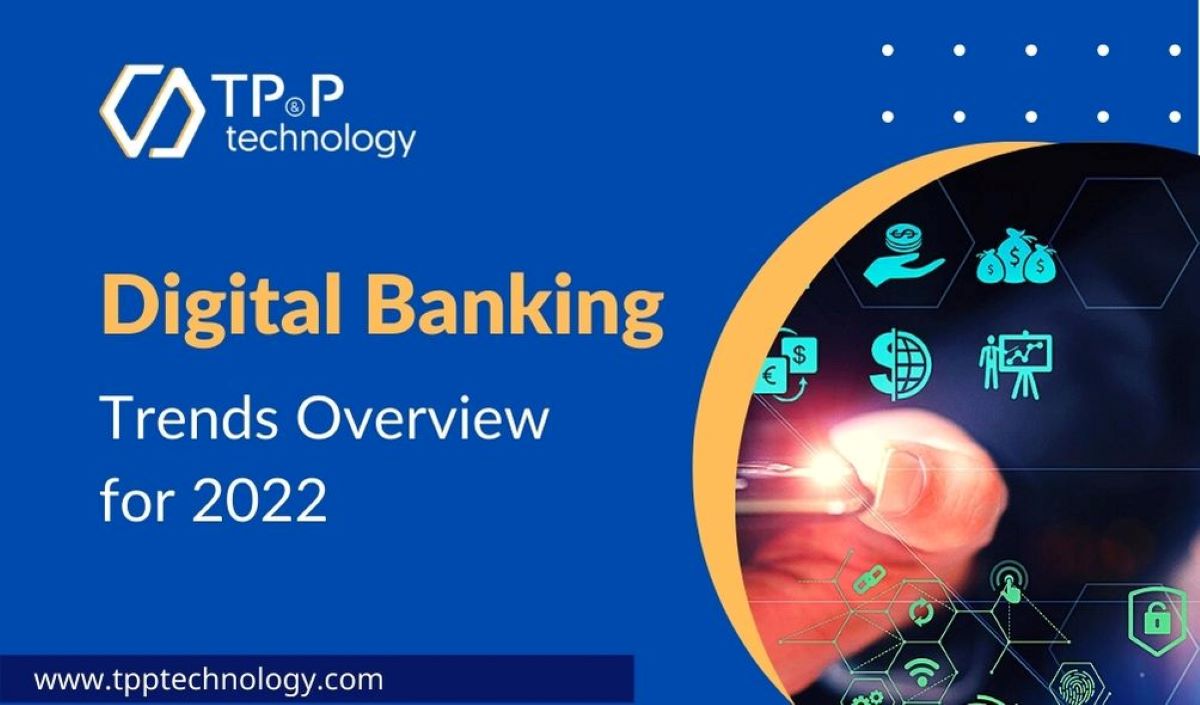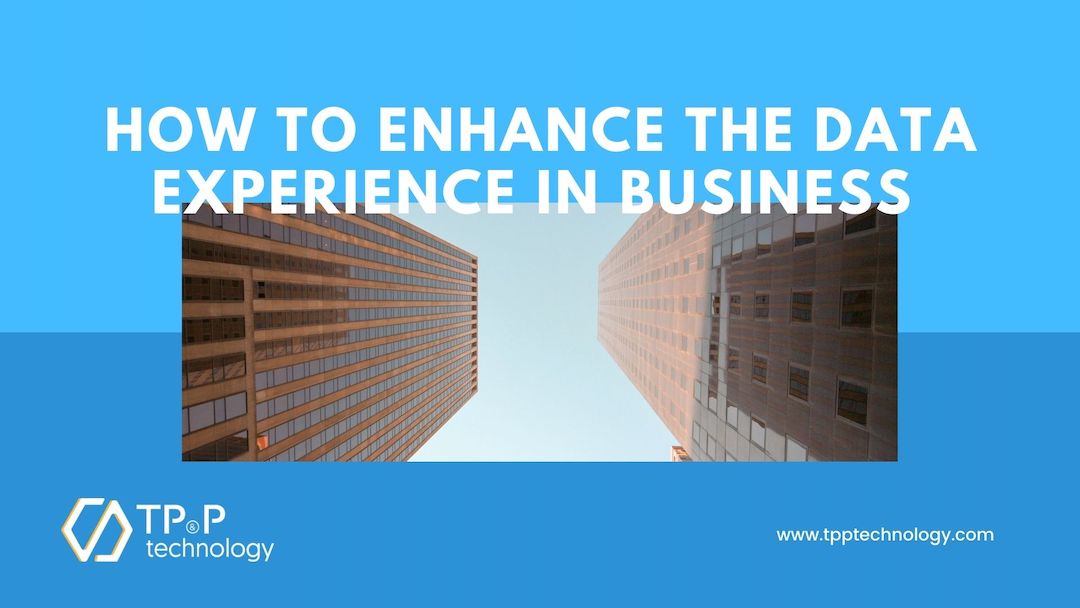
Digital Banking: Trends Overview for 2022
Retail bank consumers want fully contactless, frictionless, customized service at their fingertips around-the-clock, as well as simple-to-use apps that provide a wide variety of products and services from many providers. And open banking and digital banking have stoked this demand.
On the other hand, the retail banking industry has been delighted with conducting antiquated business processes that are far from frictionless.
Many institutions still use hard copy documents and in-person visits to complete loans or perform financial health checks.
This has created a massive chance for industry disruptors like digital "direct banks" that operate entirely online and have no local branches. These organizations have utilized their consumer experience in order to attract more customers who prefer frictionless, online procedures to in-person interactions.
Traditional retail banking, which includes capital management, has had to take a step back and re-examine its procedures, including cross-channel functions, document requirements and storage, data management and security, and most importantly, customer journeys. Maintaining support for individual interactions is a complex challenge for banks which are automatic procedure, product creation and location, cost-cutting initiatives and constantly changing regulatory requirements.
The path to digital banking
Traditional banks will need to use reputable data and analytics to develop new products as they strive to become more digital. However, technological agility must include threat engines, core operating systems, and relevant and detailed reports. Otherwise, the product lifecycle is too slow, and customers will become dissatisfied.
Automation must be integrated with analytics and product placement to boost system performance, retain personalized experience, and gain customer modeling in order to provide online products that consumers want. This latter task includes issues about private data protection and privacy. Trust in the data must first be established before being able to accept and drive business outcomes, including cross-sales.
With the growth of digital banking and its increased reliance on data, cybercrime exposure has also increased. Priority should be given to securing the user, the coworker (where remote working is possible), and the branch.
Traditional banks find it difficult to keep their customers loyal since online customer onboarding, 24-hour services, and paperless processes make it simple for consumers to order online around for better credit lines and savings vehicles from different banking providers.
It's also essential for traditional banks must also determine which products are diplomatic and high margin and which are transactional or commodity products. They must concentrate on system performance (automation, AI, ML, straight-through processing) for the former, and on customer interaction (high touch, value-added interaction).
Financial services firms must shift from cloud-first to cloud right behind the scenes. The business determines which features should be in the cloud rather than which application, but it may be difficult to transfer workloads and meet consumption goals.
The importance placed on environmental, social, and governance (ESG) initiatives is a new issue that is critical for both digital and traditional banks. Consumers are increasingly interested in knowing whether their loan, mortgage, or investment portfolio is carbon neutral, so organizations must blanket-wrap product lines to monitor carbon usage and then refine nested operations to improve ratings. Banks must collect, analyze, select, and report on market participants in order to make informed business decisions.
Changes in the traditional retail banking
TPP is assisting the traditional banking sector in overcoming these obstacles. We enable organizations to understand, trust, and leverage data from internal and external sources to help inform how to adapt their offerings and establish better fluidity across retail, wealth, and asset categories, as well as drive the development of new products.
In parallel our engineering teams can focus on risk/evaluation engines and core back-office platforms to establish agility; without the backend, the digital channel will be dragged backward.
Furthermore, our banking application services offer a modular platform estate to help you fine-tune your modernization priorities. Our application transformation factory moves bank functionality to the cloud while also migrating infrastructure from high- to low-cost.
All in all, it’s important that traditional banks begin evolving their business to match the expectations of today’s more demanding consumers. Time, after all, is money.



